
- +255 757 069 609
- info@wetuafricaadventures.com
- Moshi, Tanzania
The Ngorongoro Conservation Area, nestled in northern Tanzania, is a UNESCO World Heritage Site and a testament to Africa's geological and ecological richness. Spanning over 8,000 square kilometers, this extraordinary area is centered around the Ngorongoro Crater, a volcanic caldera formed millions of years ago and now considered one of the world's largest intact volcanic calderas. The crater itself is a natural amphitheater, spanning about 20 kilometers in diameter and boasting an awe-inspiring landscape that includes grasslands, forests, lakes, and rivers.
What makes the Ngorongoro Conservation Area truly exceptional is its remarkable concentration of wildlife. Often dubbed as the "Eden of Africa," the area supports a diverse ecosystem where wildlife thrives in abundance. The crater floor, at approximately 1,800 meters above sea level, provides a sanctuary for a staggering array of species, including elephants, zebras, buffaloes, and wildebeests. Predators such as lions, leopards, and cheetahs roam freely in pursuit of prey, while large herds of herbivores graze peacefully against the backdrop of the crater walls.
Beyond its rich wildlife, the Ngorongoro Conservation Area is also steeped in cultural significance. It is home to the Maasai people, who have coexisted with the wildlife for centuries, practicing traditional pastoralism and maintaining a harmonious relationship with their natural surroundings. Their cultural heritage adds a unique dimension to the area's allure, offering visitors the opportunity to learn about and engage with one of Africa's most iconic indigenous communities. Whether exploring the crater's floor on a game drive, hiking along the rim, or visiting a Maasai village, the Ngorongoro Conservation Area promises a journey into both natural wonder and cultural heritage that is truly unforgettable.

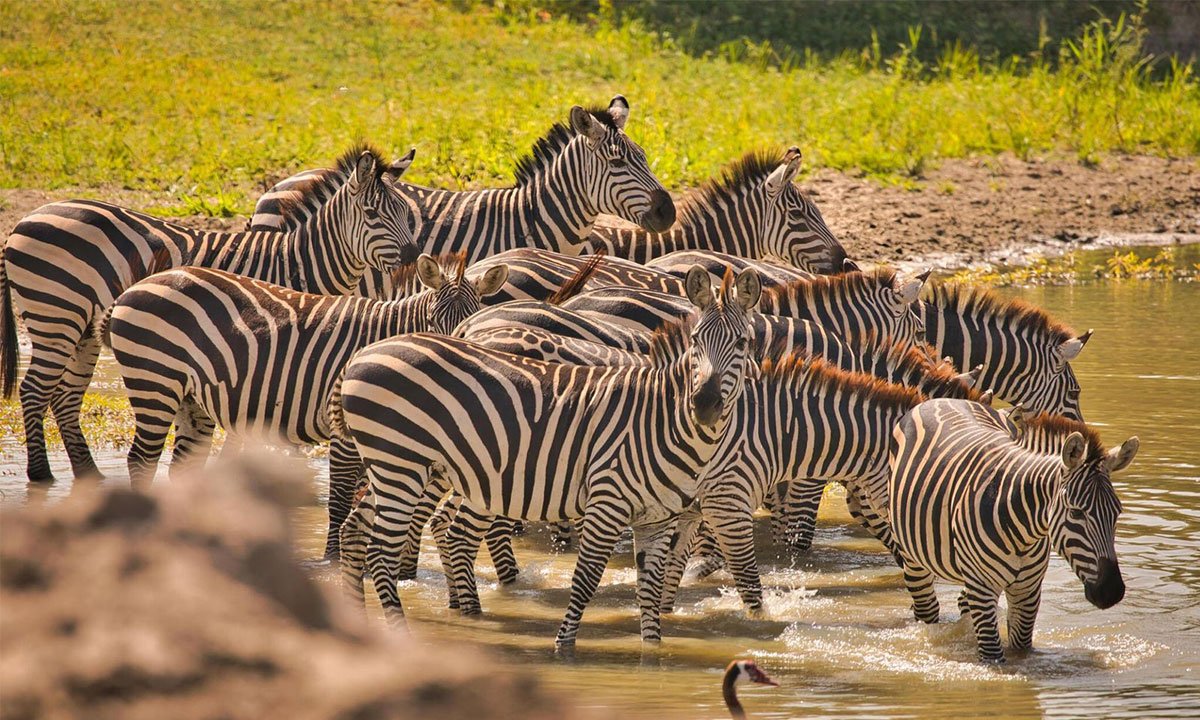
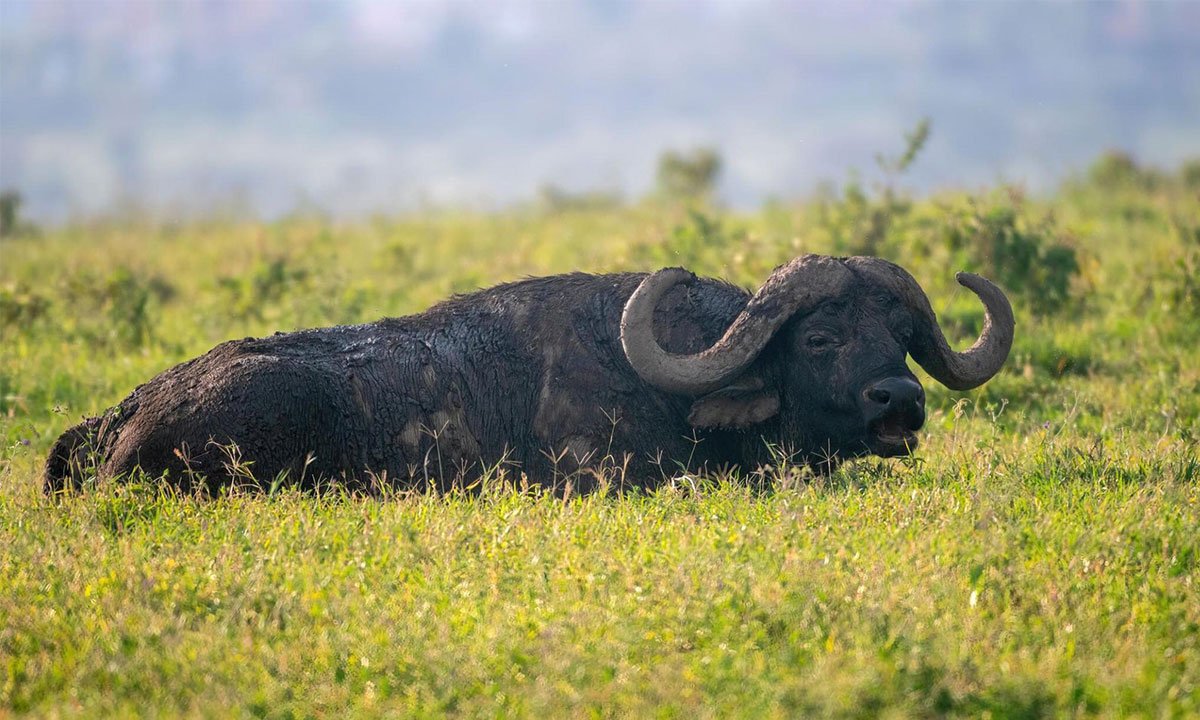
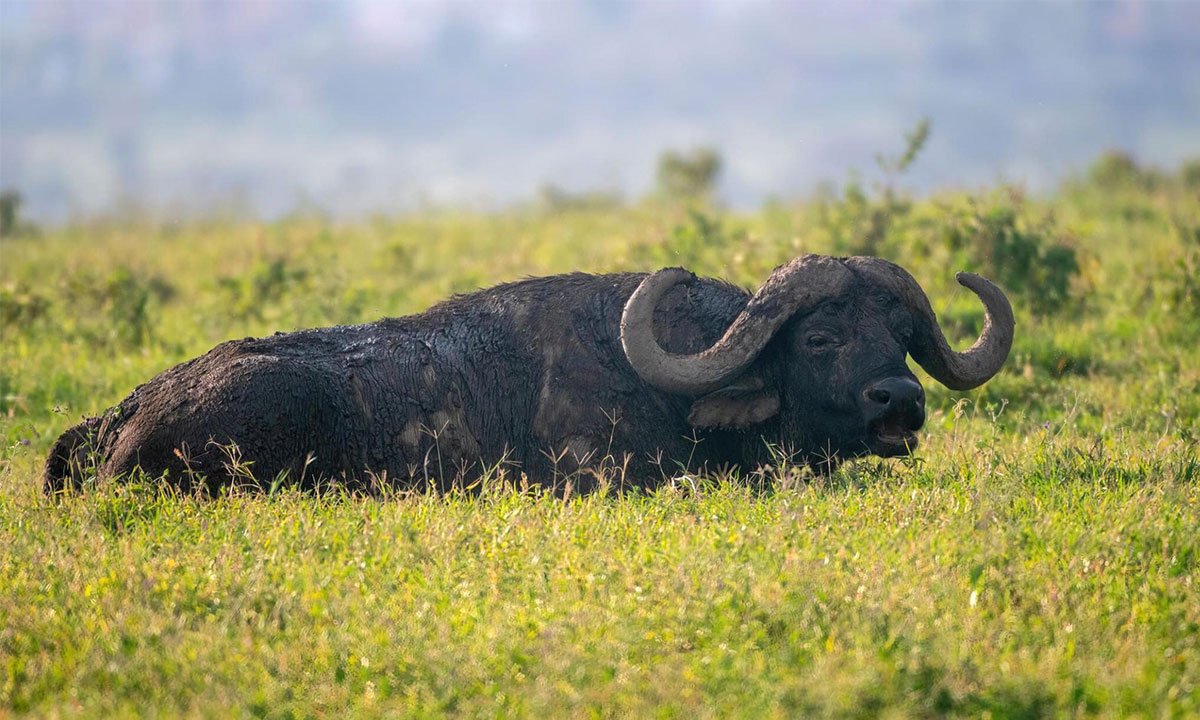
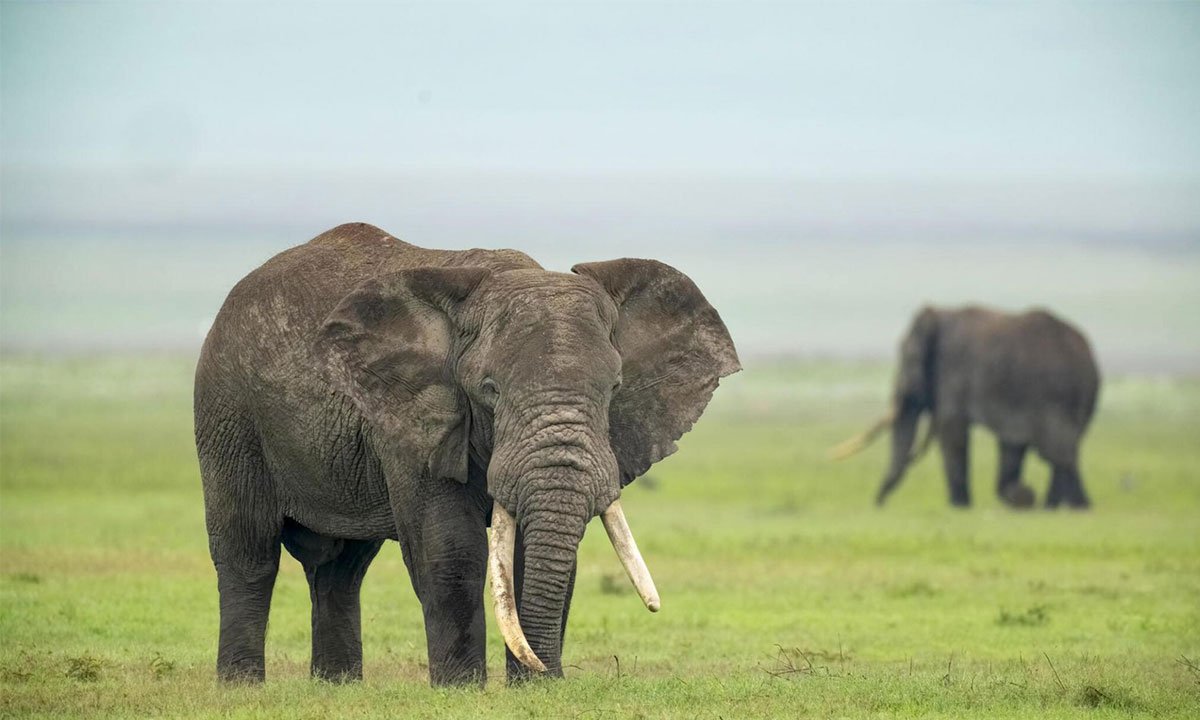
You are one step away from experiencing the magnificence of Tanzania Safari Tours! Wetu Africa Adventures organizes the most memorable safaris. From the wild natural landscapes to the magnificent animals that roam the land, Tanzania is a destination for those seeking adventure.
Choose from the list of our compiled accommodations in Ngorongoro and customize them to fit your preferences.
Tanzania experiences two rainy seasons and two dry seasons: the short dry season runs from late January to early March, and the long dry season from June to October. In between are the short rains of November to January and long rains from late March to May with April being an extremely wet and challenging month to get around…
The rains depends on your chosen location in Tanzania, while the northern parks are more likely to see dry spells, while the western parks remain rather wet throughout. February is definitely the best time of year to see wildebeest calves, with the migratory herds in full…
The Ngorongoro Highlands receive short and sharp rainfall in the late afternoon, leaving the mornings pleasant and generally dry for excellent game viewing.
Early March tends to be dry, although in some years the rains have been known to return early, so it can be wet. That said, seeing the bush turn from a tawny brown to green is a mesmerising sight in its own right. Also, with this being the start of the main rainy season it is unlikely that you would encounter enough rain to ruin your safari experience or to limit your mobility within the country to see and explore all the varied attractions…
If there is one month that is probably worth avoiding for a visit to Tanzania, then that would have to be the rain-soaked month of April. This is by far the wettest month of the year, as it falls in the midst of the long/heavy rains. While the rains predominantly come in the form of afternoon thunderstorms, it is not unusual to have big storms at night as well as some grey, drizzly days…
Early May is usually still very wet but, as the month progresses, things start to dry out and road repairs get underway, making moving around the parks and country by vehicle easier over time. The bush and vegetation look fantastic after all the rain with most herbivores in fine condition thanks to the abundant food and water that’s widely available…
June is dry and busy. Peak season is underway and areas like the western Serengeti are extremely popular at this time of year with the wildebeest piling into the western corridor in their hundreds of thousands. With the rains properly finished, the savannahs are already starting to change from green to yellow and wildlife sightings are constantly improving as the vegetation slowly recedes…
The safari season is in full swing and Tanzania is dry with a good chance of roads kicking up dust clouds when driving through the plains. Tanzania is busy during July, expect to find all the parks and prime attractions of the northern circuit to be crowded during the months of July and August. If you are planning a sojourn to Zanzibar, then it is also worth exploring options for other less frequented Indian…
August is still very much peak season with large numbers of visitors from America and Europe dominating the northern safari circuit and Zanzibar. The weather is excellent at this time of year, although it can get a bit windy in August and wild fires are a common sight sweeping through the dry grasslands…
Visitor numbers are starting to drop off now; there is still no rain in sight, meaning that humidity levels are low bringing fewer mosquitoes. The landscapes have turned brown and grass/food is scarce. The migration concentrates along the perennial Mara River with huge columns of wildebeest and zebra crossing in both directions as the animals search for grazing while staying close to the water…
The thunderclouds are building and late October usually sees the arrival of the first rains. The wildebeest are heading south again; Kilimanjaro climbing remains popular throughout October; and wildlife viewing is superb with little vegetation to obscure the high quality sightings. Tourist numbers are considerably lower over this shoulder season period, rendering the most popular tourist attractions…
This is one of the most underrated months to go on safari in Tanzania. You will definitely have some rain to contend with, but it is usually in the form of periodic afternoon thundershowers. The northern parks in general are great for game year-round and although the Serengeti receives rain…
December falls in the midst of the short rains so except some rain and wet weather. Tourist numbers are low for the first half of the month, but for two weeks over Christmas and New Year everything is choc-a-block, so it’s best to avoid the last-minute rush and book well in advance.
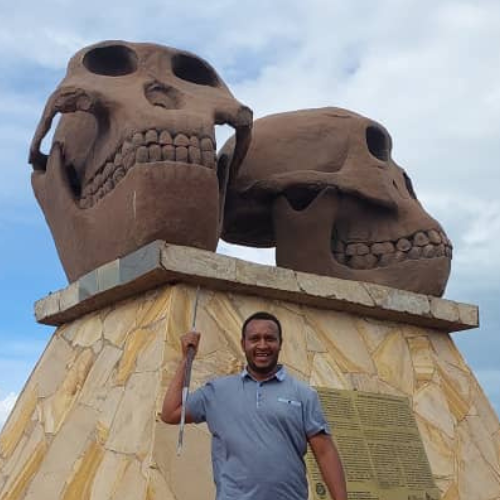




© Wetu Africa Adventures 2025 | All Rights Reserved